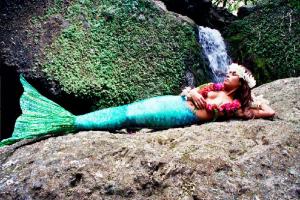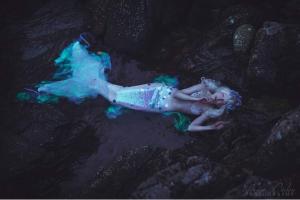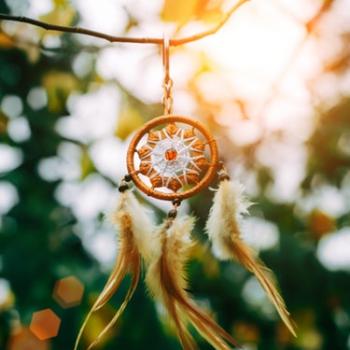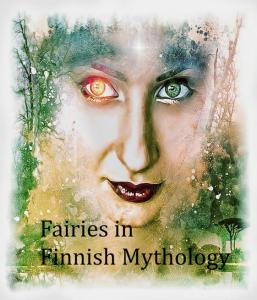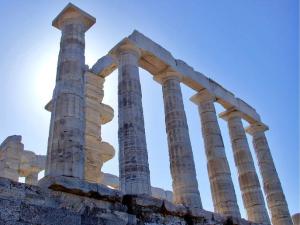
Origins of the Sea Folk
Stories of the seafolk have been told around the world since the beginning of time. Mysterious waters have always captivated people´s imagination. Seas and oceans are still in many ways unknown and we don´t know what lies beneath the surface. Water being the element of feelings and emotions is often connected to the mysteries of the feminine. This is one of the reasons why mermaids are some of the most fascinating creatures there are in art, literature and in pop culture. But where there are mermaids there are also mermen. Let´s dive into deep waters to search for them.
Ancient Greece
The pantheon of Greek mythology holds thousands and thousands of gods and goddesses from mighty ruler gods of elements to minor nature spirits. In Greek mythology, the most famous merman was the god Poseidon. He was the son of titans Rhea and Chronos. When Poseidon and his two brothers Zeus and Hades gambled on ruling the world Poseidon became the ruler of all seas. Very much like the sea, Poseidon was told to have short temper and was a god who did not like to be shackled. When it came to his appearance Poseidon was told to have a long white beard, he was physically fit and he had a tail of a dolphin and dolphins were his sacred animals. Poseidon´s symbol was the trident. It was believed that he could create earthquakes and that he also created horses from the waves. Poseidon lived at the bottom of the Aegean sea in a mighty palace with his wife Amphitrite. He was not a faithful husband and he had several affairs with both immortal and mortal beings.
Tritons were sons of Poseidon’s union with Amphitrite. They were his royal army. Tritons had green hair and fine green scales and it was believed that their hands were rough like the surface of a sea shell. Tritons had tails like dolphins. There was also female Triton and they were called Tritonettes. Both Tritons and Tritonettes had little breathing organs just below their ears.
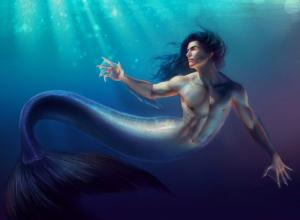
Children Of The Muir
In Scotland, there are legends told about the children of the Muir. These water creatures can have blue and grey skin. Muir is Scottish Gaelic and means the sea. Children of the Muir are a group of mermen and mermaids. They are believed to live in the Minch channel in northern Scotland.
Finfolk is another group of merfolk that according to legends resides in the cold waters of Scotland. Especially in Orkney Island. It was believed that Finfolk lived in the underwater world called Finfolkaheem. Finfolk were shape sifters with magical abilities. These sea creatures were dark and gloomy and they kidnapped human children and took them to their underwater world forcing them to be their slaves. Finfolk was free to venture between the human world and their underwater home.
Beneath these legends of abductions, we can nowadays see the nature of these characters used by the people of the past as an explanation for the death and disappearances that happened at sea.

The Näck, the handsome fiddler
Stories about the Näck mainly come from Scandinavia, especially from Sweden. In Swedish folklore, Näck was a handsome fellow. A water spirit who lived in a pond, lake or waterfall playing his violin. Näck was an erotic character and he was told to lure young women who were captivated by his good looks and musical talents. Sometimes it happened that Näck would fall in love with a human woman and they would get married but as many times happens in the stories about the sea folk Näck started to long it´s watery home and the couple departed. Another common story about Näck in Sweden tells that Näck could transform itself into a white horse. It would rise to the shore where children were playing and being mesmerized by the miraculous white horse they climbed into its back and the horse would eventually drown them. This story has similarities to the legends about the Kelpies in Scotland. Both stories were told as warnings for children not to go swimming too deep.
In Finland and in Norway Näck is a slightly different character. In these stories, Näkki (Finnish) or Nokken (Norwegian) is more of a troll, water imp or a male spirit completely covered with seaweed. It lives in whirlpools and in the deepest end of the pond and it drowns those who swim too far away from the shore.
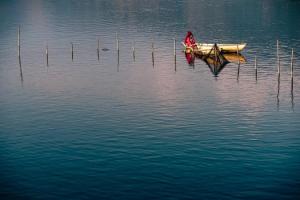
Vodjanov
Stories about the Vodyanov are told across the Slavic lands. They are described to be naked old men with greenish hair, skin and beard and sometimes frog-like faces, and body covered with muck or dark fish scales. Vodyanov has webbed palms and if you look into its eyes you might mistake them for burning coals. According to some sources Vodyanov were spirits of men that had drowned themselves or killed in an accident near water. Whatever the truth is they are dual creatures. They possess great danger to the people who misbehave in their territory and yet they can assist fishermen who they like and believe are worth the effort. Czech, Slovak and Slovenians have a folklore character called vodníci who is similar to Vodyanov. Vodnícis are more laid-back characters who were known for playing cards, smoking pipes and just sitting and hanging around the water surface (rocks, river benches and beaches). Vodníci did not drown people but they did collect the souls of those who had drowned into lid-covered porcelain cups. The amount of these cups represented the wealth of vodníci. If the lid would get open the soul might escape in the form of a bubble. They did not have human servants but they had control over fish and water. Fishermen asked the vodníc to help them by sacrificing tobacco into the water saying “here is your tobacco now help me to get fish” Vodníci are creatures of clear water. It is believed that sea waters are dangerous even deadly for them.






